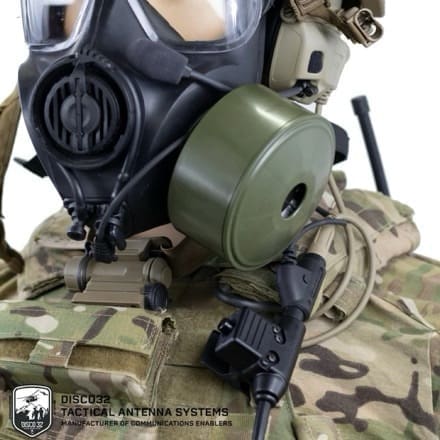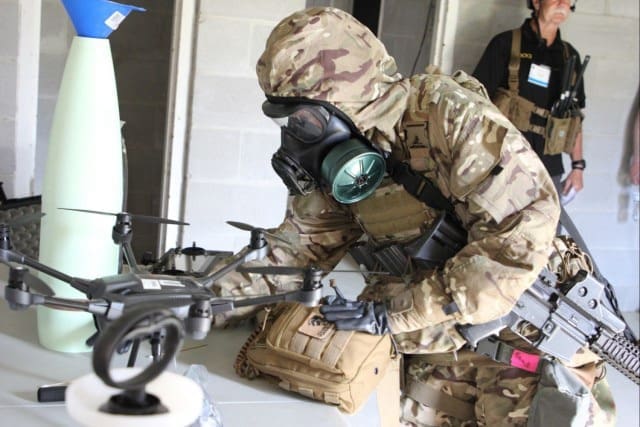TYNDALL AIR FORCE BASE, Fla. – Tyndall Air Force Base is taking a proactive step in increasing its combat readiness by implementing the use of aircrew chemical, biological, radiological and nuclear equipment. Known as aircrew CBRN equipment, this specialized gear is essential in ensuring the protection and readiness of the personnel operating the aircraft against any threats that adversaries may use.

The 325th Operations Support Squadron Aircrew Flight Equipment Flight (AFE) has set a personal deadline of February 2025 to have current and new pilots fitted and trained with how to wear their new equipment properly, ensuring pilots are always mission ready.

“We need to be prepared for anything,” said Senior Airman Kaitlin Wells, 325th Operations Support Squadron aircrew flight equipment journeyman. “That includes having all their equipment sized, fit, inspected, tested and ready so that if something does happen tomorrow, we won’t have limited time to fit up every single pilot to fight a war.”

The aircrew CBRN equipment is specifically designed for the unique requirements of flying in high-performance aircraft. This includes being able to withstand g-force during operations and egress scenarios while also being able to be worn in conjunction with other items, such as the thermal protection layer and cold-water immersion garments. Additionally, this gear integrates respiratory protection directly with the full-body covering, creating a seamless system.

The equipment is so complex that in total, pilots can be expected to add approximately 10-15 lbs. of additional weight while operating with aircrew CBRN equipment.

The fitting and training process is equally as comprehensive. It involves detailed measurements, donning of each piece of equipment and regular fit checks to ensure that pilots can operate properly and safely. Pilots undergo classroom training that covers the basics of the equipment, its purpose and the expectations for the pilots in using and maintaining the gear.

They will also go through practical training, where they will be required to don their gear and process through a chemical line known as Air Crew Contamination Area & Air Crew Contamination Station, which are mock CBRN events that will simulate the process of testing, removing and decontaminating the aircrew CBRN equipment.

The chemical line process must be conducted every three years or whenever a member is newly assigned; however, AFE plans on conducting the process every quarter to stay ahead of the curve and ensure that the pilots maintain knowledge of the workings of their gear.
By providing essential protection, expanding operational reach and enhancing overall readiness, the implementation of aircrew CBRN equipment at Tyndall is a critical step in furthering the base’s combat capabilities and preparing it to face any challenges.
“I think it gets us back to a combat-ready mission, and it makes it to where there are no limitations as to where we can go and where we can take our aircraft to fight the fight, making us a more agile and a more prepared force,” said Tech. Sgt. Kevin Terry, 301st Fighter Squadron flight chief.
Story by Airman 1st Class Asha Wiltshire, 325th Fighter Wing






























































































































